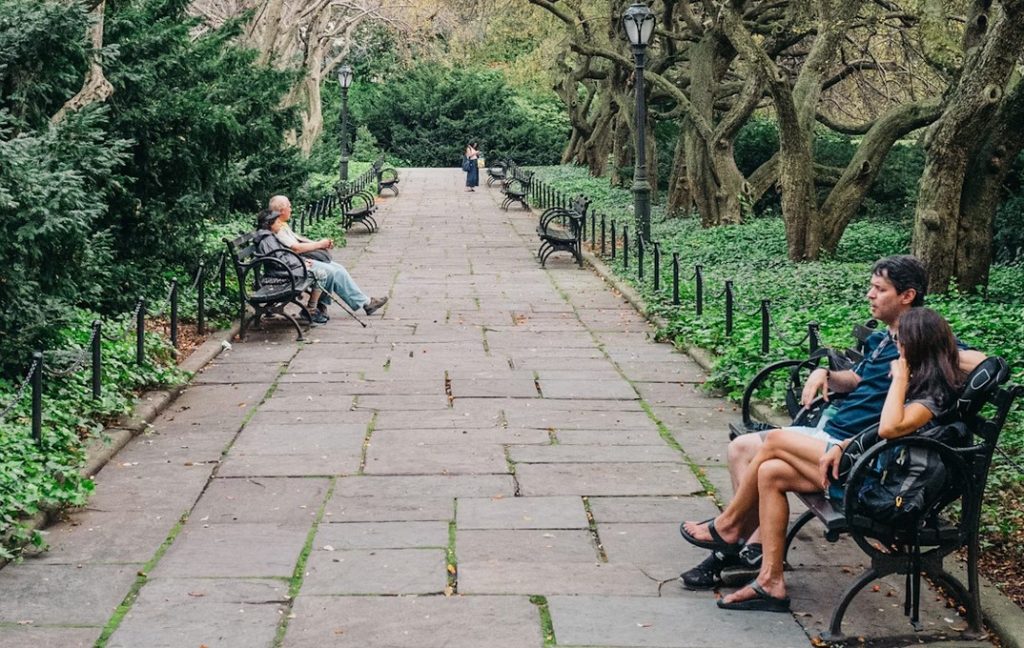Shared community areas—parks, playgrounds, sidewalks, and community centers—are vital spaces where residents come together, relax, and connect. Proper maintenance of these areas not only ensures their longevity but also enhances the quality of life for everyone in the community. Here’s a guide to best practices for upkeeping these essential spaces.
1. Establish a Maintenance Plan
A comprehensive maintenance plan is the backbone of effective community area upkeep. This plan should include regular cleaning schedules, landscaping, and repair protocols. Involve community members in creating the plan to ensure it addresses local needs and priorities. Regular meetings with stakeholders, including residents and local officials, can help refine the plan and adapt it to changing circumstances.
2. Regular Cleaning and Upkeep
Keeping shared spaces clean is fundamental to their appeal and usability. Regular cleaning schedules should address litter removal, graffiti removal, and the maintenance of public restrooms and trash receptacles. For instance, park maintenance might involve emptying trash cans daily, while playgrounds might require weekly inspections and cleaning to ensure safety.
To streamline cleaning efforts, consider organizing community clean-up events. These events not only improve the space but also foster a sense of pride and ownership among residents. Providing the necessary tools, such as trash bags and gloves, and offering incentives like refreshments can increase participation and make the process enjoyable.
3. Landscaping and Green Space Management
Well-maintained landscaping enhances the beauty and functionality of community areas. Regular lawn mowing, pruning, and planting can keep these spaces inviting. Additionally, incorporating native plants can reduce maintenance needs and support local wildlife.
Consider creating a community garden or planting program. This can involve local schools, community groups, or residents, and offers a hands-on way to contribute to the upkeep of shared spaces. Garden projects can also serve as educational opportunities, teaching children and adults alike about sustainable practices and environmental stewardship.
4. Addressing Repairs Promptly
Addressing maintenance issues swiftly, such as broken equipment or damaged facilities, is essential for ensuring safety and functionality. In Ogden, UT, this includes managing asphalt slurry seal applications for roadways. Set up a system for residents to report problems, such as a dedicated email address or an online reporting tool, and ensure that these reports are reviewed and resolved quickly.
Implement a routine inspection protocol to identify and address potential issues before they become serious. For instance, playground equipment should be regularly checked for signs of wear and tear, while sidewalks and roads, including those treated with asphalt slurry seal, should be inspected for cracks and other hazards.
5. Promote Safety and Security
Safety is a top priority in shared community areas. Ensure that lighting is adequate, particularly in areas that are used after dark. Regularly check and maintain security features, such as cameras and fencing, to deter vandalism and ensure a safe environment for all users.
Engage with local law enforcement to discuss community safety concerns and to get their advice on improving security. Hosting community watch programs can also be an effective way to enhance safety while fostering a sense of community.
6. Encourage Community Involvement
Community involvement is key to the successful upkeep of shared spaces. Encourage residents to take part in maintenance efforts through volunteer programs, neighborhood associations, or community boards. Hosting workshops or informational sessions can educate residents on the importance of maintaining shared areas and how they can contribute.
Promote a culture of respect and responsibility by organizing events that highlight the value of community spaces. Recognize and reward those who make significant contributions to their upkeep. This can be done through community newsletters, social media shout-outs, or local awards.
7. Implement Sustainable Practices
Sustainability should be a core component of community area maintenance. Implementing eco-friendly practices, such as recycling programs, water conservation techniques, and energy-efficient lighting, can reduce environmental impact and promote a greener community.
Encourage the use of sustainable materials for repairs and upgrades. For example, opting for recycled or eco-friendly materials for playground equipment or park benches can align with broader environmental goals and reduce long-term maintenance costs.
8. Evaluate and Adapt
Regular evaluation of maintenance practices ensures they remain effective and relevant. Collect feedback from community members to identify areas for improvement and adjust maintenance strategies as needed. Periodic assessments can help prioritize tasks and allocate resources efficiently.
Adaptability is crucial as community needs and environmental conditions change. Stay informed about new maintenance technologies and techniques that could enhance the upkeep of shared spaces.
In Conclusion
Maintaining shared community areas is a collective effort that requires careful planning, regular upkeep, and active involvement from residents. By following these best practices, communities can ensure that their shared spaces remain clean, safe, and inviting, fostering a sense of pride and enhancing the overall quality of life for everyone. Investing in these areas not only preserves their functionality but also strengthens the bonds between neighbors, making the community a better place for all.


